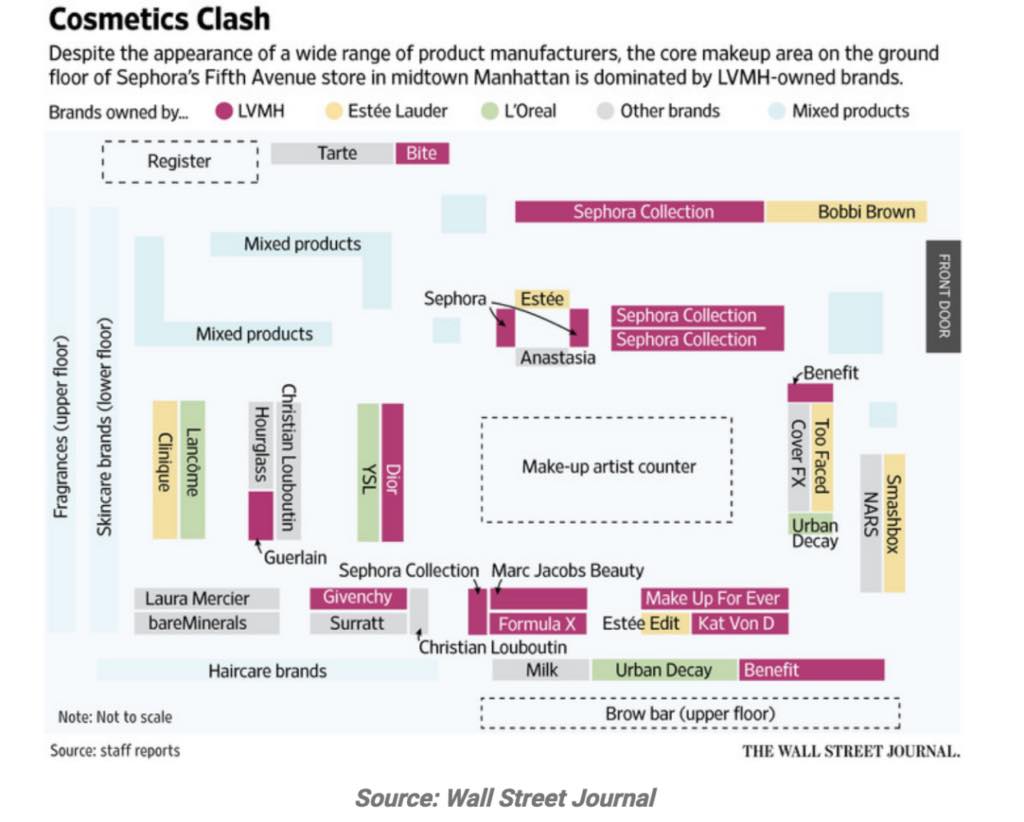From the Death of Sears to the Rebirth of Retail
Sears was long known as an American icon. Completely transformative in its day, by making low-cost items available to people from all walks of life via the U.S. Postal Service, some think of this market disruptor as the “original Amazon.” However, the growth and ubiquity of online retail, as well as management decisions, recently spelled the end Sears, leaving listless Sears stores like museum pieces littering the suburbs and malls across the nation. Younger consumers have all moved online, right?
With some media analysts forecasting the so-called “death of retail,” the executives we work know differently. They see pockets of innovation throughout the industry foretelling a “retail revolution.”
We can all name some of the standouts of this new retail landscape: Apple and Sephora. But the truth is most of the dominant retailers in the online space (Google, eBay and Amazon) are reckoning with the value of a personal, one-on-one interaction with a brand in a retail space.
Many stores have gotten rid of cashwraps for sales associates who rove the floor unobtrusively. In the place of the old way of conducting business is a “culture of play” where consumers are invited to look, touch and explore products to their heart’s content. This play ethos is one reason such shops become places to linger, helping consumers to align their identity with the product.
There is a lot of strategy there behind the scenes. Here are a few highlights of the most promising trends we see in retail:
Gen Z still craves bricks and mortar
A younger, mobile-savvy consumer group may use their phone constantly, but they also crave real life experiences. Today’s top retail environments are sensitive to building a bridge between the mobile device and the in-store experience. Retailers like Under Armour develop apps that meet users where they live in the fitness journey (with step-tracking and calorie counting apps being two major examples) and use this relationship to entice a deeper connection with the brand and drive in-store visits.
Experiential store design

While they may have started in online only, brands like Glossier have gotten wise to the value of the “stay and play” mentality of the younger consumer and are now rolling out retail environments that are clean, uncrowded and perfect for lingering in.
Sephora wisely caters to its target audience’s desire to experiment with a large variety of styles, colors and formulation while still strategically ensuring that parent company LVMH’s perfumes and cosmetics brands are well represented throughout the sales floor.

Personalization is key
Sephora recognizes this when they enhanced their approach to customer profile data. Beyond just assigning a customer a profile, Sephora tracks very granular data about an individua’s behavior both in-store and online. By knowing how customers have engaged with the brand (browsed online and then purchased in store, for example), Sephora can tailor recommendations and perks to foster more conversions.
Embracing online browsing
Mobile-augmented sales is the future for many of our retail clients. They are cognizant that we all browse online to make decisions, and they staff their retail extensions with knowledgeable professionals that bring new dimension to the purchase path, largely a more educational path than the strict “close a sale” mentality of the past. So where retailers used to decry consumers who would wander around their stores, the savviest brands are now courting a longer-term relationship that is defined by multiple touchpoints and is much stronger because of those interactions.
In future updates we’ll be delving more deeply into retail store trends and strategy. Let us know what you’d like to read about in the comments.


